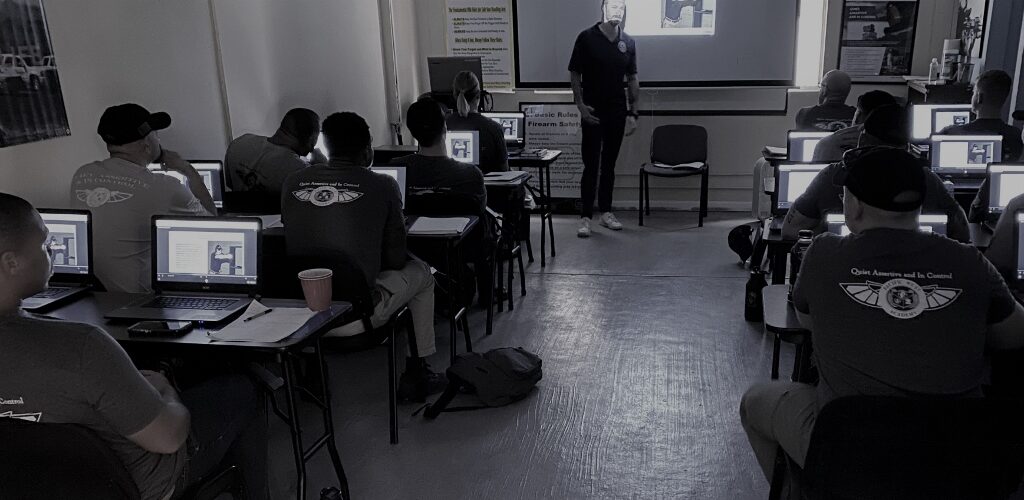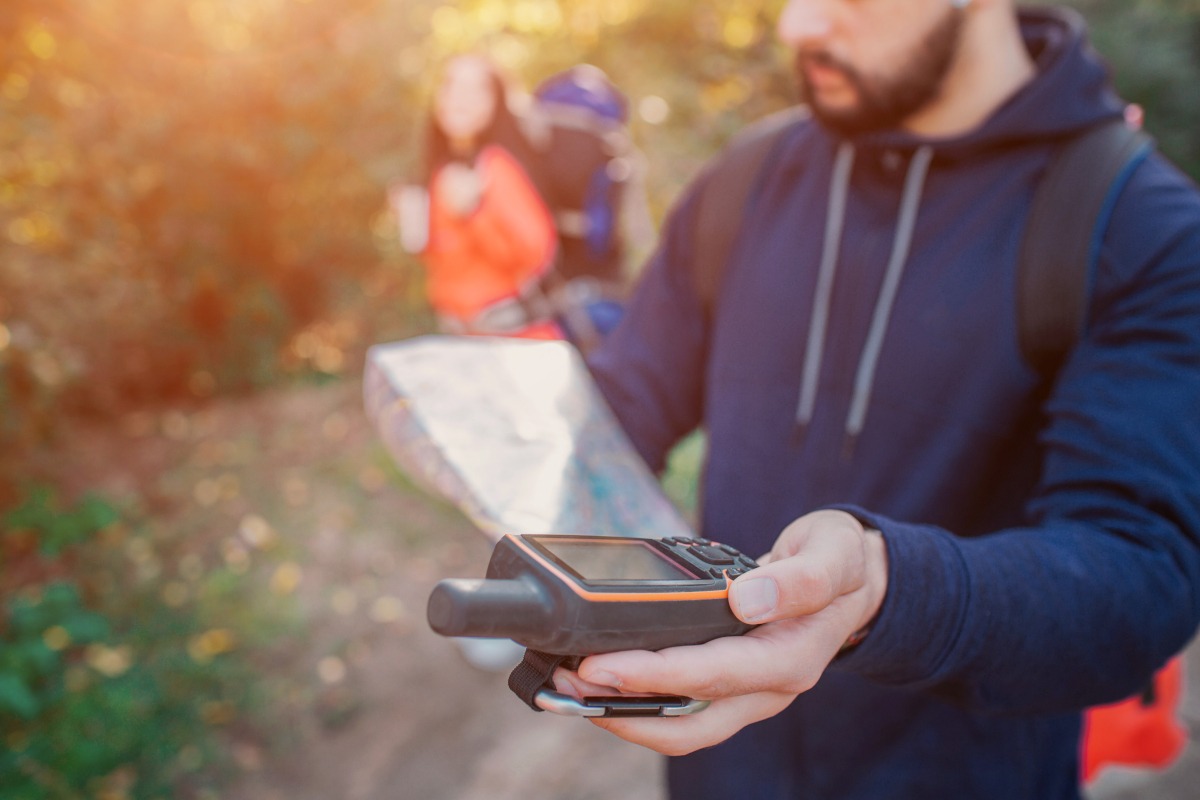

Contingency Planning in Executive Protection: Emergency Transmitters
Contingency Planning in Executive Protection: Emergency Transmitters
In modern day Executive Protection (EP), a lot of time and effort seems to be spent focusing on hard skills capabilities. Although striking/ control techniques, firearms application, evasive driving etc. are all nice skills to be proficient in, detail planning is the foundation of any successful protection operation. Along with normal detail planning, an emphasis should always be placed on contingency planning. In this short blog series, we will focus on different aspects relevant to contingency planning for most EP details.
Contingency planning is a course of action designed to help an organization or individual respond to an event that may happen. Oftentimes, these events can have a negative or even disastrous effect on the overall safety of the security practitioner(s) and/or the protectee(s).
Depending on the specifics of the detail, alternate options for contacting help in an emergency situation should often be included in your plan. Relying solely on cellphones and landlines is not always a viable option, especially if the working location is in a remote or austere environment. In this post, I will discuss different types of emergency transmission devices, their capabilities/ limitations and how they can be included in the contingency planning process for EP details in specific environments.
Cellular Phones
Today, nearly everyone has access to a cellphone and people often come to rely on this delicate and sometimes temperamental piece of equipment as their sole means of communication during protection assignments. Phones are extremely handy for both navigation and communication on security details, but they are fragile, chew up battery and the nature of certain details often means that we are outside of the reception area. One important piece of information about cellphones is that in an emergency you can, sometimes, still make emergency phone calls without a network signal from your carrier.
Most cell phones today are designed with a technology that allows them to leech signals from the network towers of other providers to allow you to make emergency phone calls. If you need to make an emergency phone call in one of these situations, the signal can find the closest network tower available in order to transmit the call for you. Although this feature can be useful, emergency calls can only be successfully accomplished if the phone is able to obtain an existing signal. In remote areas where there is no coverage at all, this feature will not work.
*An interesting feature on Iphone 14’s is the new ability to use Emergency SOS via satellite to text emergency services when you’re out of cellular and Wi-Fi coverage. Although this feature seems to have some exciting potential, we have not used or tested it.
Pros: Light weight, compact, applications and additional features, user friendly.
Cons: Fragile, limited battery life, poor connectivity in many locations.
Satellite Phones
With a satellite phone, you can travel the world with one phone on one subscription. The advantage of a sat phone is that its use is not limited to areas covered by terrestrial coverage close to cell towers, so it can be used in most or all geographic locations on the Earth’s surface to communicate.
Satellite phones are designed specifically for telephonic communications, meaning that most allow you to make and receive calls, and that’s about it. However, newer models are coming out with access to Internet in certain “hotspots” and the capability to send and receive text messages. If carrying a Sat phone on detail, it is important to regularly “test” or “op-check” your device. Most providers will have a phone number, that a user can call, to test the functionality of their device, at no cost. Although sat phones are great to have, they can be bulky and cumbersome, so it is important to allocate enough space for your device and the equipment that may accompany it.
Pros: satellite connectivity in lieu of cellular service.
Cons: Size and cost.
Radios:
Two-way, Line of sight radios are still commonplace in many aspects of security, mainly in event type situations, involving a large number of guards. Radios allow multiple personnel to utilize the same channel or bandwidth to transmit or receive information. Although modern day radios are more compact and coming equipped with new features, they seem to be becoming more obsolete with the proliferation of newer technology. Today’s radios have tons of options, like interference elimination, weather alerts, and so forth. In my opinion, none of these features are relatively crucial. An emergency button, which transmits an SOS signal and permits hands-free communication, is a good safety feature.
If you still plan on carrying radios as an emergency transmitter, make sure to buy a set that operates on GMRS bands (1 to 5 watt), as well as the less powerful FRS bands (1⁄2 watt). To use the more potent channels, you’re required to buy a five-year license ($75) through the FCC and may be required to take an exam. Although useful for some close-range communication, I would not recommend relying entirely on a two-way radio as your sole means of communication for emergency situations.
Pros: Compact, affordable, easy to operate.
Cons: Low transmission range, affected by weather and terrain.
Satellite Emergency Notification Devices (SEND):
SEND devices are handheld devices that utilize a network of commercial satellites, versus governmental satellites, and provide for two-way communications. These units communicate directly to the commercial satellite and are not dependent on cellular networks. Features found in SEND units differ, but most have the following features:
- Send an SOS message (along with GPS coordinates and elevation).
- Send a Pre-written text message to a pre-determined recipient(S).
- Send and receive customized SMS text messages.
Along with the features listed above, one of the Send’s main advantages is that you can turn on a tracking function and in the event that you fall and/or are unconscious, your position is logged – provided that you have told your emergency support network that you are out and want them to keep an eye on you.
SEND transmitters generally work around the world, if traveling to a foreign country, contact that country or NOAA to learn about any usage restrictions. Although SEND units operate on private networks and registration with the National Oceanic and Atmospheric Administration (NOAA) is not required, you still must register with the company for required activation.
Pros: Compact and durable, long battery life, automatic notifications, messaging and tracking capabilities.
Cons: Requires a subscription.
Personal Locator Beacon (PLB):
A PLB is a compact, durable device that has the ability to broadcast an emergency signal. When you activate a PLB, it transmits a powerful distress signal that’s received by a global system of satellites. In the U.S., those distress signals are monitored by NOAA.
After receiving your transmission, the satellite system relays your distress call to a network of response agencies, which ultimately results in your plea for assistance reaching a local search and rescue organization. PLBs also utilize another satellite network to get a location fix. In addition, most PLBs today can provide rescuers with GPS-provided coordinates to pinpoint your location even more precisely. A PLB with a strobe light can further aid rescuers when they search.
PLBs do not allow the user to describe the nature of the emergency, it is just an “SOS” type broadcast. Location accuracy relies on the US government’s GPS satellite system and requires a clear view of the sky. Having said that, GPS signals may still be affected due to shielding by terrain, atmospheric conditions or other factors occurring between the earthbound transmitter and the Search and Rescue Satellite Aided Tracking (SARSAT) network.
Unlike Satellite Messaging (SEND) devices PLBs generally do not require a subscription, but they are still required to be registered with local authorities, so that they have your details (medical, emergency contact, etc). They will technically work without this information, but it’s not recommended and can only slow the response.
Pros: Compact, durable, powerful transmission strength, long battery life, ease of operation, no subscription fee.
Cons: One way transmission only.
When in the contingency planning phase of your security detail, you may need to factor in the ability to send out a distress signal in different environments. And as we have touched on in this blog, there are several devices to choose from based on your specific needs. Regardless of the device(s) that you plan on using for emergency transmission and/or communication, it is paramount that you understand the capabilities and limitations of the device and thoroughly understand how to use it.
It is small additions such as these that can decide the outcome of a security detail when an emergency situation arises. Remember, plan for the worst, but hope for the best. Executive protection training covering in-depth security detail planning is available at Pacific West Academy.
